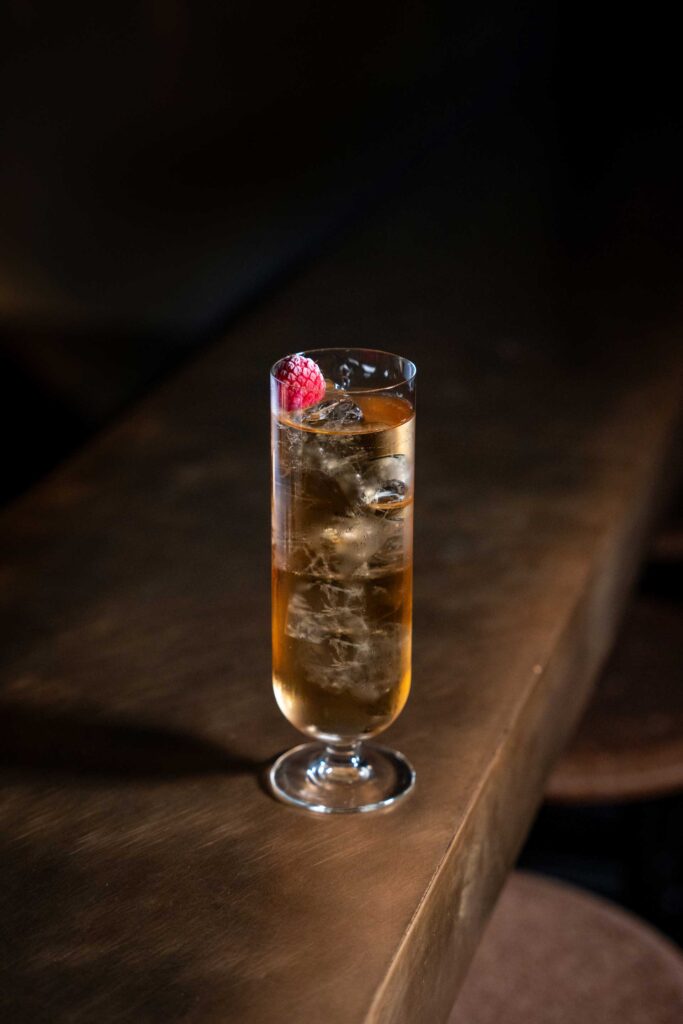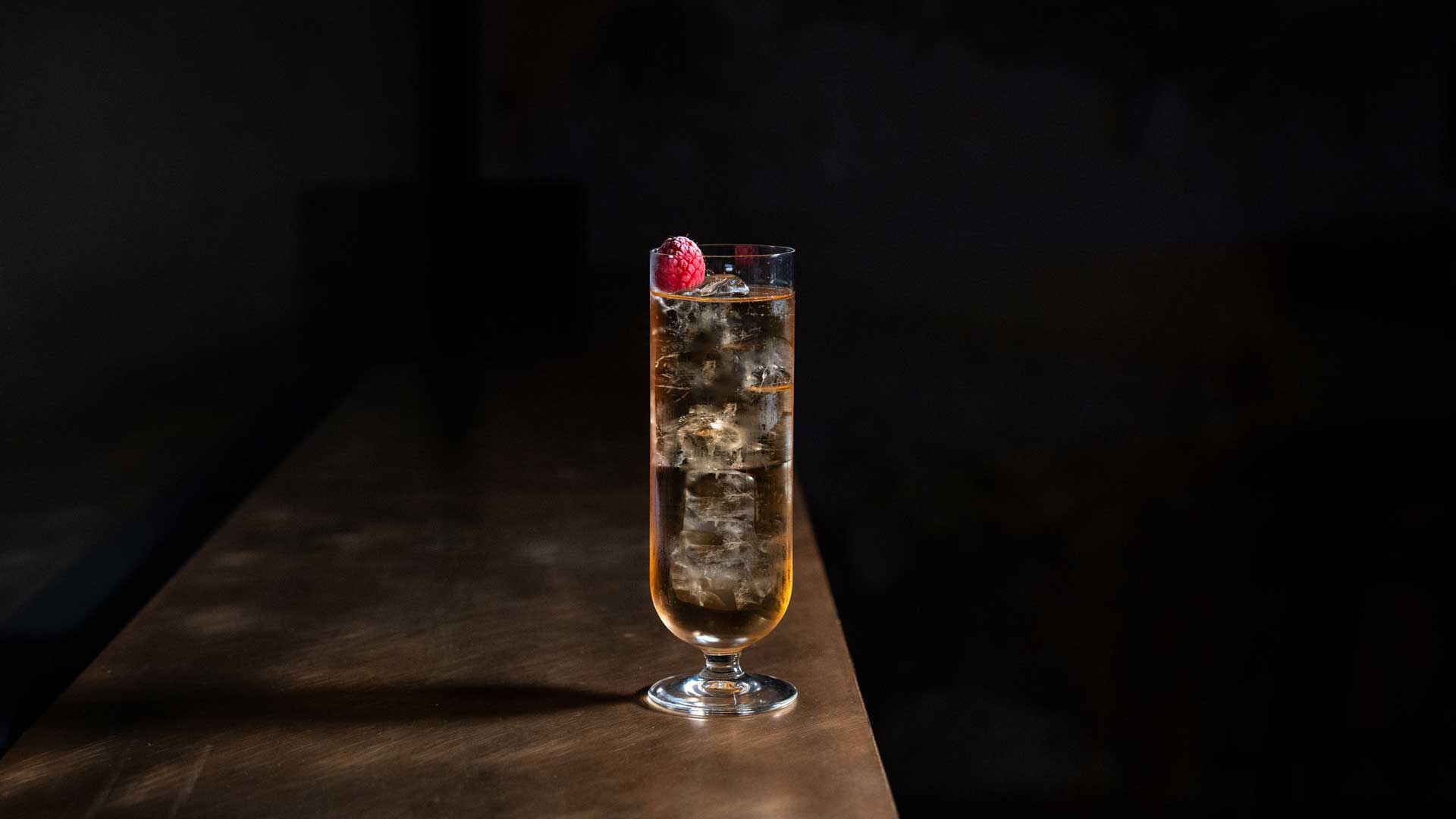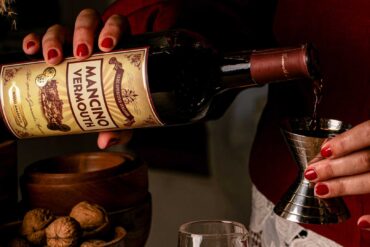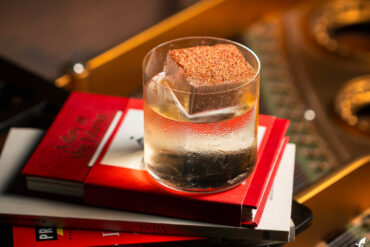The San Martín resembles a Martini and pays tribute to a South American revolutionary and liberator. It is a cocktail to sip while contemplating freedom from colonial rule—and the curious circumstances that sometimes give birth to great drinks.
The Story Behind the San Martín Cocktail
This cocktail likely emerged around the turn of the 20th century, though no precise date is known. Its first written appearance was in El arte del cocktelero (B. Iglesias, 1911), the oldest known cocktail book from Argentina. This publication points to Argentina—most likely Buenos Aires—as the birthplace of this cocktail. But some argue for Rosario, another major Argentine city, or even Montevideo, the capital of Uruguay.
At the time, these were the most progressive cities in South America—cosmopolitan, thriving, and exposed to foreign trends. Naturally, they became the epicenters for a new wave of drinking culture imported by European and American travelers. Among the imported drinks was the Dry Martini. But locals preferred a twist on it: the San Martín.
The Revolutionary and Liberator
José Francisco de San Martín y Matorras—more commonly known as José de San Martín—was no ordinary general. He was a central figure in the Spanish American wars of independence, fought between 1808 and 1833. By the end, only Cuba and Puerto Rico remained under Spanish rule. Thus San Martín earned his lasting title: the Liberador of Argentina, Chile, and Peru.
A fitting tribute stands in Buenos Aires: a monumental tomb inside the metropolitan cathedral, guarded by three statues symbolizing each nation. And it’s no coincidence the cathedral sits at the junction of avenida Rivadavia and calle San Martín—streets like these are found across South America.
From Martini to San Martín
According to historian David Wondrich, the rise of these modern cities was mirrored by a constant influx of Europeans and Americans. These newcomers brought cocktail culture with them, but it wasn’t a one-way street. Locals began crafting their own versions, using familiar base spirits like gin and vermouth, but adding ingredients with a South American flair.
And so, the Martini became something else entirely: the San Martín. Early versions varied wildly. Bartenders agreed on English gin and Italian vermouth, but each added a personal flourish—orange bitters, curaçao, maraschino, Angostura, or cherry brandy, sometimes all at once.
The Recipe for the San Martín Cocktail

This version comes from El arte del cocktelero (B. Iglesias, 1911). In those days, the drink was served in the very glass it was built in. Today, it’s better made in a mixing glass and strained into a chilled coupe.
Ingredients
- 45 ml Old Tom gin
- 45 ml Italian vermouth
- 5 ml cherry brandy
- 2,5 ml maraschino
- 1 dash orange bitters
Method
Fill a tall tumbler with crushed ice. Add the brandy, maraschino, and bitters, followed by the gin and vermouth. Stir gently and serve.
Garnish
Seasonal fruit. For a more modern take, opt for a maraschino cherry.
Immagini credits Julie Couder x Coqtail, location Dry Milano – all rights reserved







